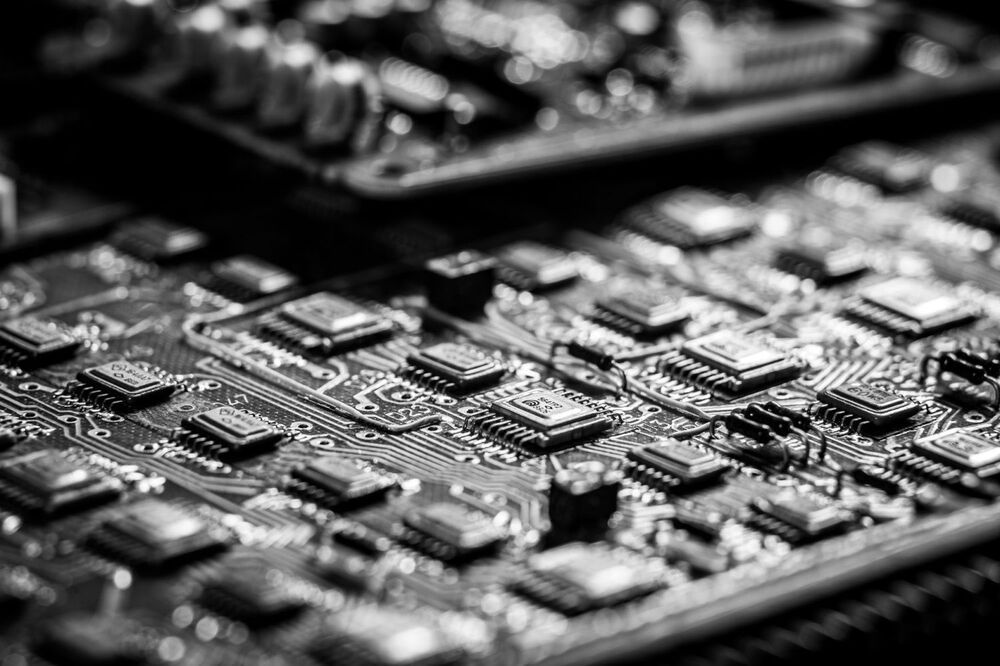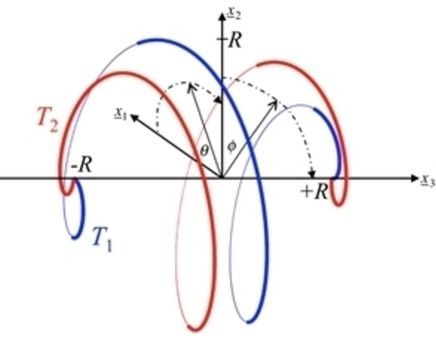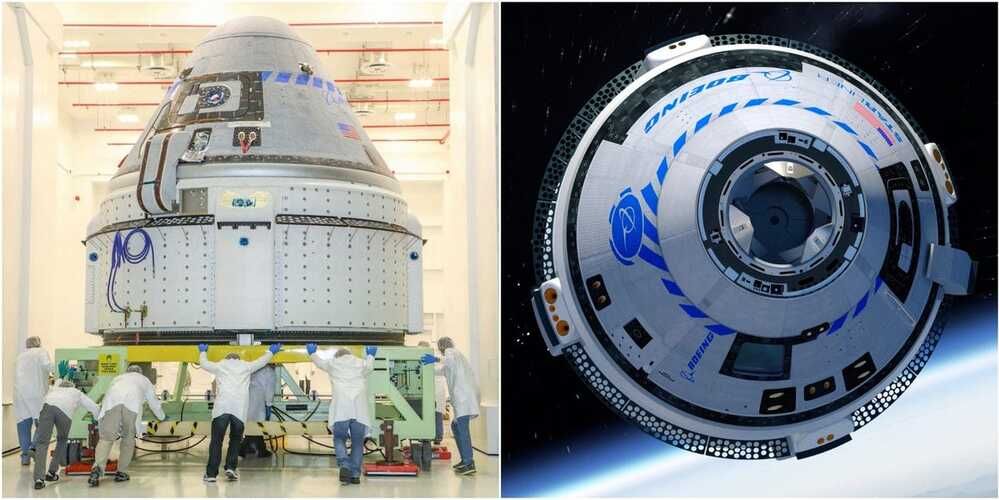The research aims to bring the brains to a computer interface to solve its problems.



This work proves that stability of C60 is a geometrical property of the thermodynamics of the system: a significant methodological advance since a detailed treatment of the energetics may be avoidable. This approach may be fruitful, not only for fullerenes but also for general problems of molecular stability and in other applications of conformational chemistry. For the non-chiral C60, C384, and the weakly-chiral C28, C76 and C380 (of these, C380 and C384 are classed as “unspirallable”), Schlegel projections are used to show that these fullerenes can all be represented by pairs of spirals counter-propagating in anti-parallel (C2) symmetry. For C60, the high symmetry is used to construct an analytical approximation for the spherical double-spirals, shown mathematically to be Maximum Entropy (MaxEnt) using the formalism of Quantitative Geometrical Thermodynamics (QGT). Therefore C60 is necessarily stable. This MaxEnt stability criterion is general, depending only on the geometry and not the kinematics of the system. The sense and degree of chirality for C76 and C380 is also quantified using a Shannon entropy-based fragmentation metric.
Click or tap to learn more.

A team of researchers in northern China developed the world’s hardest glassy material, the transparent, yellow-tinted AM-III, which is capable of leaving a deep scratch on the surface of a diamond, a report from South China Morning Post explains.
The material, which is made entirely of carbon, reached a 113 gigapascals (GPa) on the Vickers hardness test. As a point of reference, natural diamonds usually score somewhere between 50 and 70 on the GPa scale.
The findings of the research, led by Professor Tian Yongjun of Yanshan University in Qinhuangdao, Hebei province, were published in the journal National Science Review. In 2,013 Tian and his team created the world’s hardest material that’s visible to the naked eye, a boron nitride crystal that is twice as hard as diamond at 200 GPa.
Scientists developed a material called AM-III which is tougher than diamond and is almost as efficient a semiconductor as silicon.


Commercial prospects for robotaxi services remain uncertain in the near term due to the immaturity of the technology, the absence of legislation to clearly define responsibility in case of a self-driving accident, and persistently high costs associated with the complex self-driving systems.
Baidu’s autonomous driving unit has partnered with the luxury electric vehicle brand of BAIC Group to bring fifth generation Apollo Moon robotaxis to Chinese roads, cutting the cost of the vehicles by two thirds.
We’ve reached out to the DearMoon team to clarify the details.
Another SpaceX mission aims to send civilians to space very soon. Known as Inspiration4, it plans to send humans to orbit aboard a SpaceX Crew Dragon, lifting off on top of a Falcon 9. It too is being bankrolled by a billionaire, Jared Isaacman, and it could fly before the end of the year.
Follow CNET’s 2,021 Space Calendar to stay up to date with all the latest space news this year. You can even add it to your own Google Calendar.
Eight months in, 2,021 has already become a record year in brain-computer interface (BCI) funding, tripling the $97 million raised in 2019.
Watch developer Plus testing an autonomous truck on the highway without a driver behind the wheel.
Autonomous tech developer Plus has recently completed a real-world demonstration of its Level 4 autonomous truck technology on a traffic-filled highway. The company tested the truck without a driver behind the wheel, and also without any other remote operator who could take control of the truck if needed. The test took place on the Wufengshan highway in the business hub of the Yangtze Delta region, with Plus being the first company to be granted a special permit to test Level 4 vehicles in the country.
Laser mining would allow for a no explosive option and not need huge machines increasing output as well. Also lasers could make more precise cuts rather than blades which would never get dull.
The application of the “Graduated Optical Colimator” (GOC) for the mining industry consists of a one-kilowatt optical power fiber laser to selectively spall igneous geological formations containing narrow veins of precious metals.
Merger said the prototype addresses key issues like mining using less explosives, chemicals and waste.
“We’ve been working at this problem for five or six years now – and we’ve discovered that a lot of laboratory research has been done in the private sector and in the government sector,” Gary Mladjan, Merger Mines’ VP, engineering and technology told MINING.COM.
